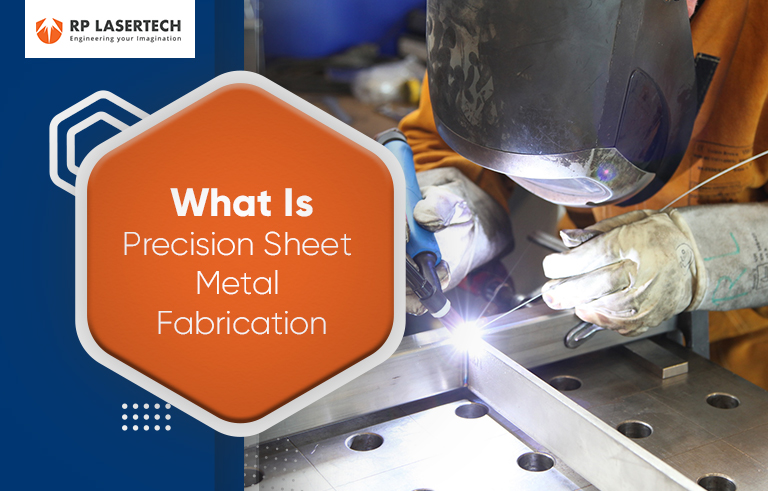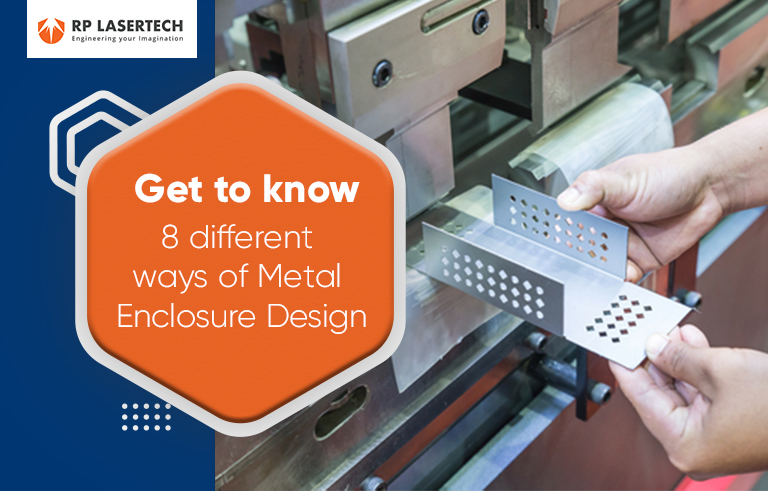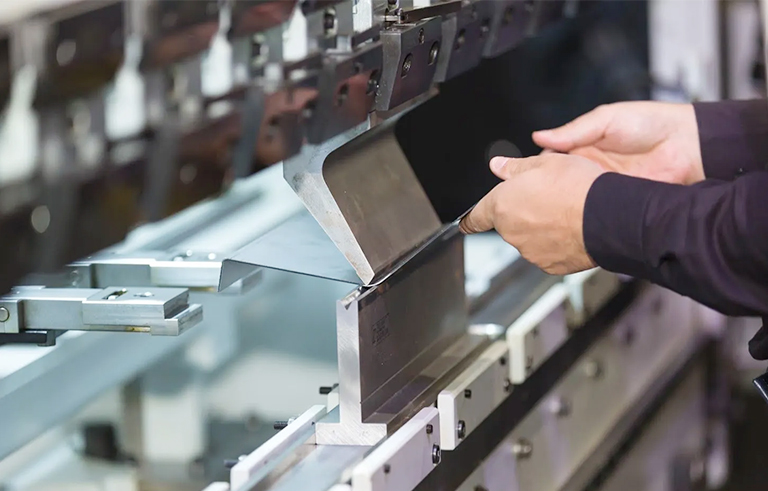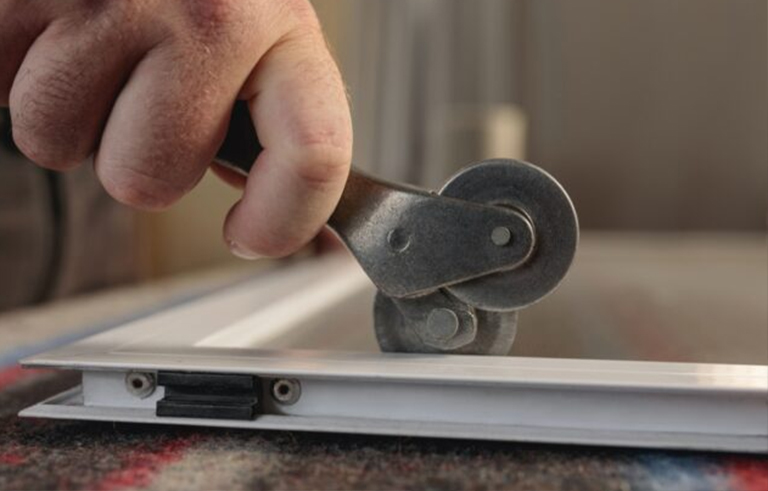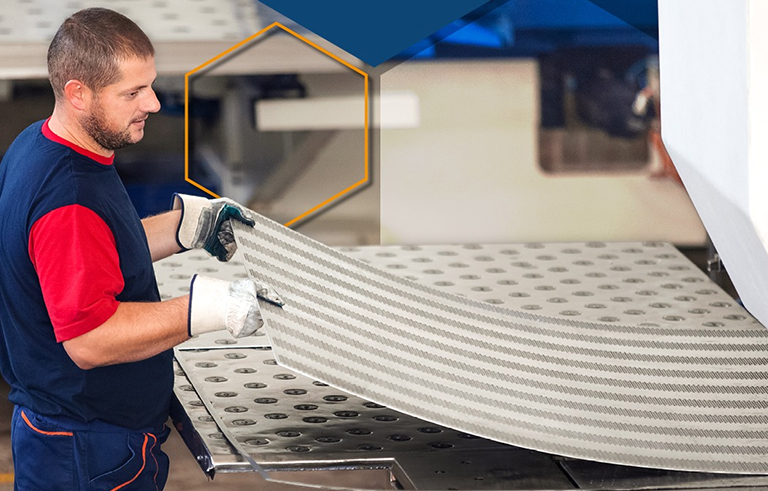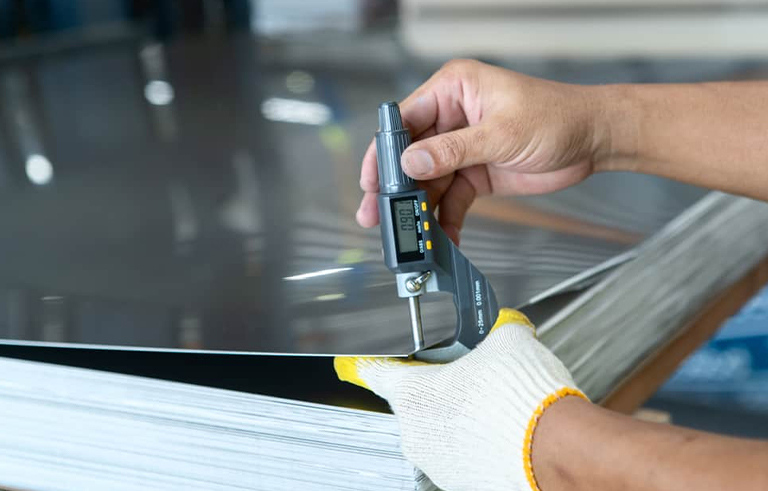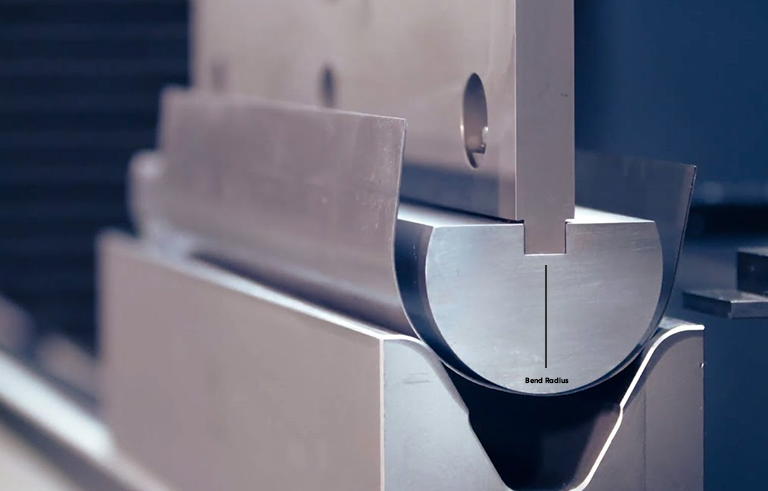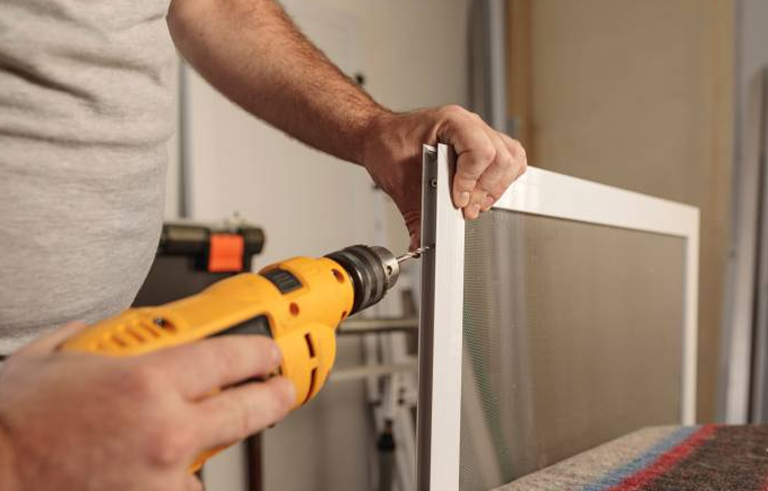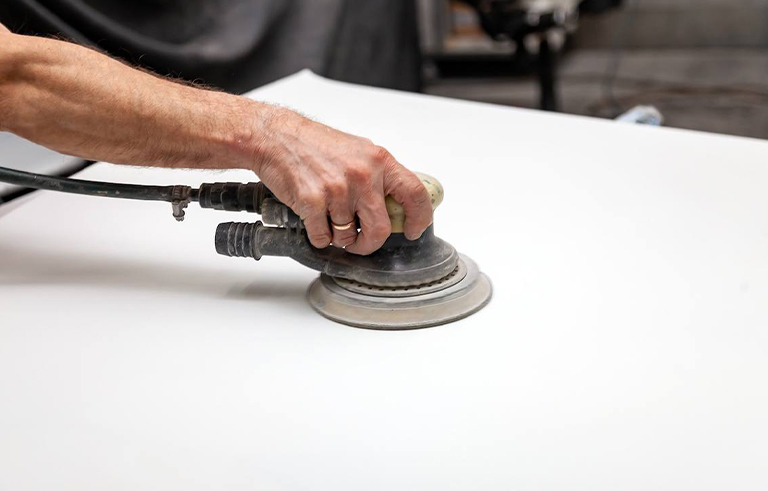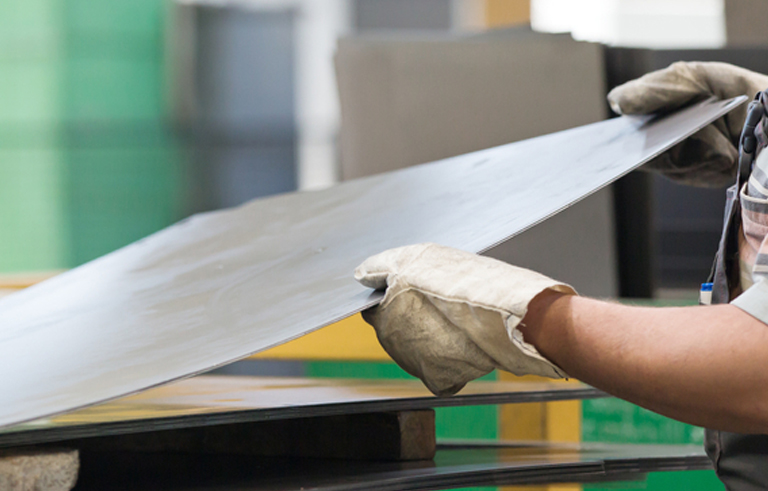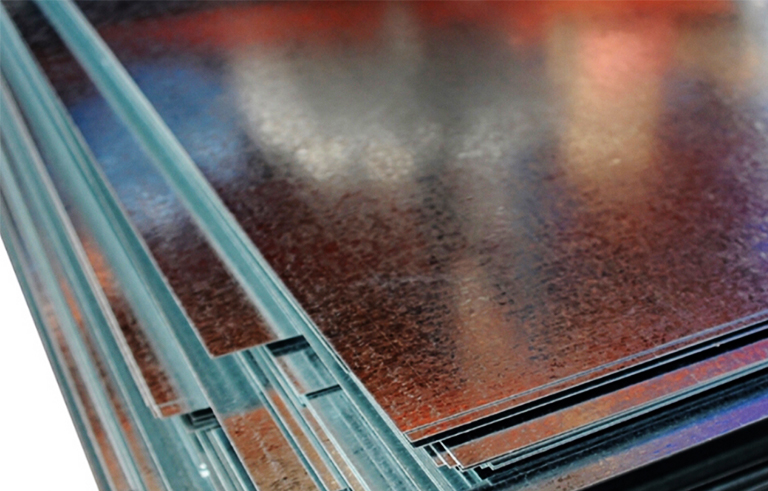Summary
A significant part of sheet metal fabrication is associated with the technology industry, an ever-expanding vortex. Any good metal fabrication company, such as RP Lasertech, will stay on top of the latest trends in the industry.
To ensure that they remain the best in their field, the best companies will be willing to invest continuous resources in new technology to remain innovative and the leaders in their industry. Ultimately, it is the quality of the product and finish of the product that is determined by the equipment.
Sheet metal is formed into finished products using various precision fabrication processes. Precision sheet metal fabrication is an essential component of almost all industries.
Most industries rely on these fabrication processes to provide products and services, including aerospace, military, automobiles, pharmaceuticals, medical, electronics, food service, telecommunications, computers, and storage. Precision sheet metal fabrication produces a wide range of products, including tanks, ventilation systems, hoods, cabinets, and enclosures for storage.
Precision Sheet Metal Fabrication Processes
Fabrication processes such as reshaping material are widely used to manufacture precision parts and products. This method involves reshaping or shaping the material to achieve the desired result without sacrificing the material. Due to their mechanical properties, several metals can deform plastically from one shape to another. Despite its structural integrity, plastic deformation does not affect the sheet metal’s volume or geometric shape. As well as bending, drawing, stamping, rolling, and stretching, other forming processes include stamping, rolling, and stretching.
The process of subtractive fabrication is also used for precision sheet metal fabrication. During subtractive fabrication, parts and products are produced by selectively removing material volume from sheet metal workpieces. Precision metal laser cutting, punching, shearing, and machining can separate workpieces into smaller parts. Computer numerical control (CNC) machines are routinely used to produce complex geometries through subtractive processes. Once programmed, a CNC laser cutting machine can produce intricate and detailed parts without requiring retooling in high-volume production runs.
Another fabrication process is assembly, which creates a finished product from a part or component. Probably the most familiar method for assembling parts is welding. By using various manual, mechanical, pneumatic, electric, and robotic tools, assembly physically joins individual fabricated parts and components. To meet specifications and design requirements, stainless steel sheet manufacturers in India employ several assembly services.
Major Industries That Use Precision Sheet Metal Fabrication
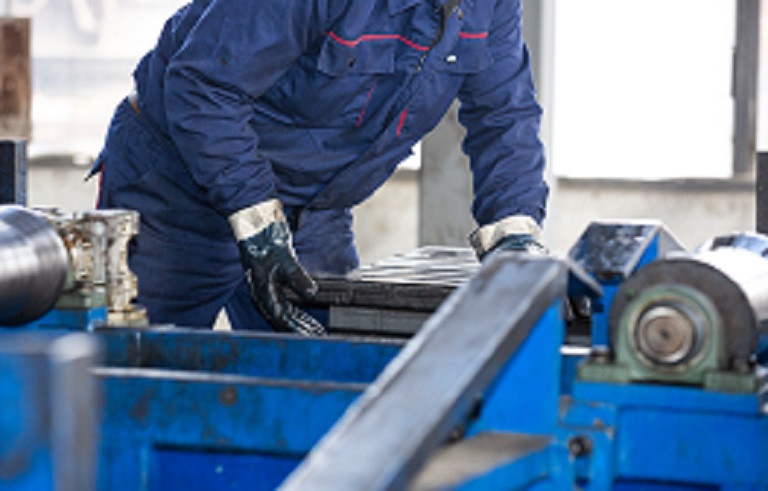
The fabrication of sheet metal is used in a variety of industries. From intricate electronic enclosures and chassis to high-performance sealed metal shipping containers, raw metal material is transformed into specialized, large, and small products for various applications.
The sheet metal fabrication industry includes:
- Defence/Military
- Medical
- Aerospace/Avionics
- Energy
- Electronic enclosures
- Custom projects
Tools used for Precision Sheet Metal Fabrication
Various consumer and commercial products can be produced using precision sheet metal fabrication, which employs numerous applications and techniques. By using this method, metal parts and components are made with a high level of accuracy, complexity, and detail. Assembling a finished product requires various methods of selectively removing or reshaping workpieces.
To help them perfect their fabrication production, sheet metal vendors near me have a wide range of tools at their disposal.
- Angle Grinder
- Plasma cutters
- Flange and Punch Tool
- Throatless Shear
- Planishing Hammer
- Corner Notcher
- Shrinker and Stretcher
- Cleco Fasteners
Technology to be used
Types of Sheet Metals
- Alloy steel.
- Stainless steel.
- Galvanized steel.
- Carbon steel.
- Aluminum.
- Tool steel.
Fanuc Robotics
FANUC has developed a six-axis robotic arm capable of beveling 360 degrees to fit any shape or profile that may be required for the job. A threefold increase in strength and a threefold increase in lifespan compared to the industry standard.
Hypertherm Plasma
sheet metal components manufacturers in Gurgaon utilize Hypertherm’s X-Definition plasma system, the most powerful plasma system on the market.
CNC Software
CNC software can be used to simplify the fabrication process and reduce errors. Assuring a flawless final product is possible by manually calibrating cutting tolerances, nesting parts for subtraction fabrication, and tracking robotic cut paths.
Impressive ROI
By utilizing automated controls, a reputable sheet metal fabrication company can handle the entire fabrication process in one pass, resulting in an 80% reduction in production time. Only one technician is required to operate the controls, which minimizes material handling. These cost-saving benefits can achieve an impressive return on investment.

